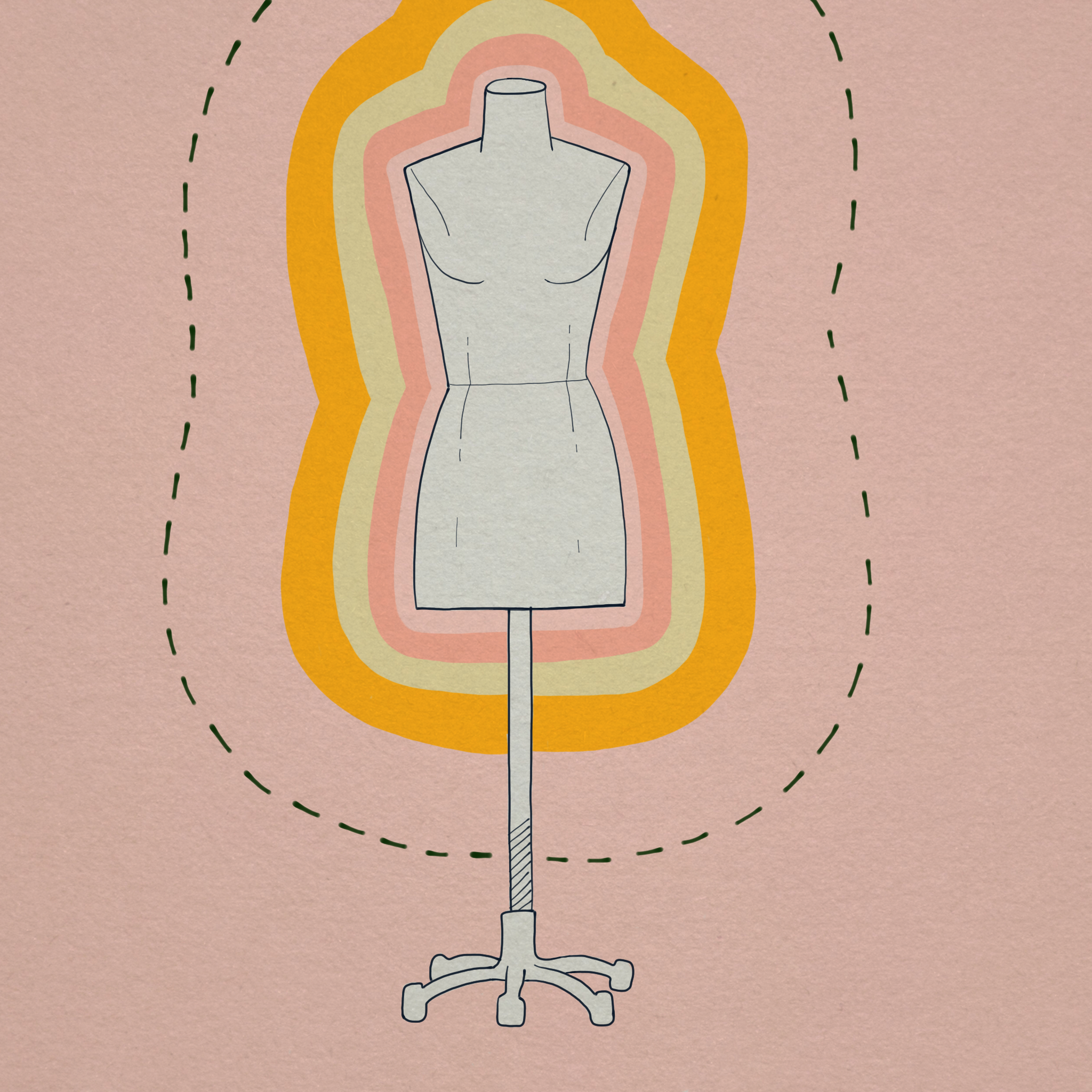The closet purge is controversial but undeniably emotional. Have you ever gotten rid of something in the hopes of ascending to that higher spiritual plane, only to bitterly regret it when it came back in style, or you just longed for the comfort it brought, the coziness of a previous self? We’ve been there.
All tagged 10-Minute Read
Glitter Hive: Cross-cultural Queer Embodiment
I sat there in the back eyeing what I could see of the others, trying to figure out who would be my friends when you walked into the room and my brain went "HER". What I saw was you wearing your white t-shirt dress with the rose print on, black booties, a peacock feather tattoo, and an annoyed expression which I would later learn was your default expression at 9 am.
The Nursing Home as a Fashion Archive
Questions of archiving imply questions of power that are closely linked to a social power in a given geographical place and time. In this way, the history is extended to the elderly socio-cultural group, whose dress practices and memory often go undocumented.
Meeting at the Beach Through Memories: My Grandmother, Fashion, and Me
A large file of scanned photographs arrived in my inbox one afternoon, put together by a younger cousin, carefully preserved by my uncle, a historian. These were the first images I had ever seen of my grandmother.
Wearing Wellbeing
My motivation in wanting to understand how we experience wearing the positive feeling of being happy is based on my personal relationship with my wardrobe and the way I feel about dressing. Fashion creates meaning in my life, dress connects me to others, and clothes allow me to engage with my creativity. I wanted to learn if that was also true for others.
Vintage Selling and the Responsibilities of Care
The dark water was not a good sign. I was soaking a 1970s yellow and black dress in a plastic tub, in mild temperature water mixed with a little detergent. I had two goals—to alleviate some of the terrible smell and fade some staining in the bodice. The dress was a sturdy fabric, I threw it in its bath without much thought. I figured the worst-case scenario would be the dress was as smelly and stained as before.
In Memoriam: The Internet Tool That Shaped Me
Unlike other social platforms, it was free of daily news, politics, spam, bots, or relatives. It simply thrived on what people felt inspired by.
Teaching Fashion & Race
As students flocked to enroll in “Fashion and Race,” I couldn’t help but think about the broader sociocultural context in which this course would be taught: racial tensions in the U.S. had boiled over in the past year and our students of color had been completely immersed in it, but were still searching for answers and outlets. I was consumed by a heightened sense of responsibility, fraught with an irrational need to address everything related to fashion and race.
Indigenous Rights v. Animal Rights: Response to Vanessa Friedman
Is wearing fur always wrong, as animal rights groups would have us believe? Do the rights of animals outweigh the rights to the sustainability and self-preservation of indigenous people who have been practicing trapping, tanning, and garment-making since long before this continent was colonized?

















